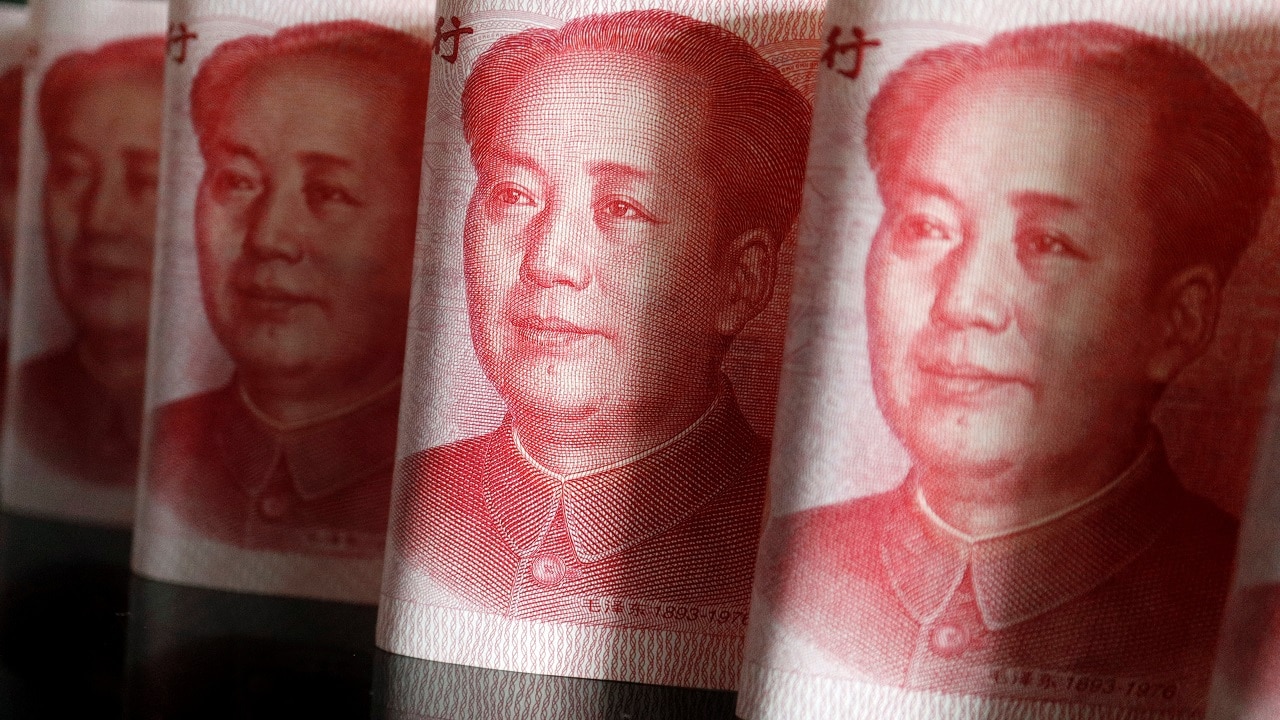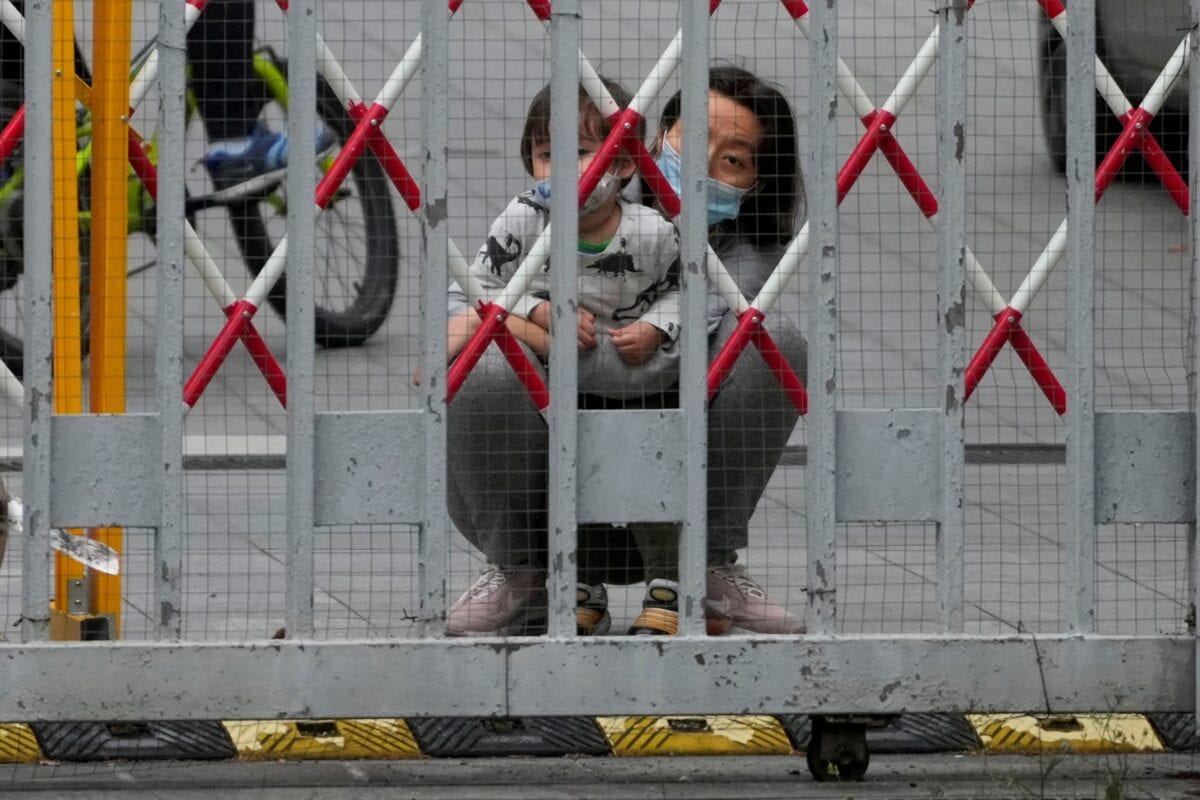Gordon Chang

The Chinese Economy is in Trouble: “What we are going to see with China, for the first time that anyone can remember who’s alive, is an economy that’s twice the size of the U.S., possibly three times the size of the U.S., and it’s going to be very weird living in that world,” said Elon Musk on the “All-In with Chamath, Jason, Sacks & Friedberg” podcast.
At first glance, Musk looks correct. China is catching up to America fast. Last year, the Chinese economy skyrocketed 8.1%, producing $17.46 trillion in gross domestic product. The American economy clocked in at $23.00 trillion, growing only 5.7%.
Yes, Musk is America’s leading visionary, but this particular vision is off-target. The Chinese economy will never overtake America’s, at least not this century.
Elon Musk is making predictions by extrapolating. Extrapolation works most of the time, but not now.
Why not?
The Chinese economy – and the nation overall – is passing a series of inflection points. The most fundamental one is demographic: The Chinese population is on track for a steep decline. The most immediate inflection point is economic: China is now contracting. The country needs growth to retire monumental debt, however.
We start with the “relentless maker and breaker of civilizations,” demography. Demography will break China, which according to demographers from Xian Jiaotong University is slated to lose half its population in 45 years. At the end of this century, China could be about one-third as populous as it is now.
The country, therefore, faces the sharpest demographic decline in history in the absence of war or disease. Panicked efforts to avoid the decline—moving from a one-child policy in 2015 to a three-child policy in 2021, for instance—have proven unsuccessful in increasing birth rates
Such a precipitous fall means that, if China is going to pass America to reach the top spot, it will have to do so within, say, a decade before a falling population begins to undermine economic performance. In the next ten years, however, China’s economy is more likely to come apart.
It is already in distress. In April, the economy clearly contracted. Industrial output was down 2.9% from the same month last year. Retail sales were off 11.1%. New car sales plunged 47.6%.
Draconian lockdowns, the result of Beijing’s “dynamic zero-COVID” policy, have essentially brought much of the eastern portion of the country, the heart of the national economy, to a halt. China’s ports and airports are operating at far below capacity, and river and truck traffic is way down, about 40% off.
China cannot ship what it does not produce. Factories are either closed or struggling. Even politically favored companies have been hit hard. Tesla’s Gigafactory 3, in Shanghai, was closed for three weeks due to the COVID lockdown. Now, because of a lack of parts, it is running at only 45% capacity.
Beijing, by ditching misguided disease-control policies, can eventually reverse the economic damage. What it cannot do is escape the consequences of its unprecedented buildup of indebtedness. Nobody knows how much debt China has accumulated, but an estimate of 350% of annual gross domestic product sounds about right. Because of the infamous “hidden debt,” the number could even be higher.
However much debt there is, China is now facing a reckoning. Beijing avoided a downturn in 2008 by overstimulating the economy, primarily with debt-financed infrastructure. Now, the country has to either pay back the debt or resolve the situation by other means.
Many believe that because there are not many external obligations the crisis will be easy to resolve. Yes, the Chinese people owe the money to themselves, but these types of crises, history shows, are the most difficult ones to fix because every fix requires that domestic parties—not foreign bankers—suffer. Beijing is trying to further delay a reckoning because it is concerned about social stability, which means the resolution of the matter will take far longer than anyone now thinks.
In the meantime, the debt-ridden property sector is beyond repair. Property developers, especially starting last September, have been missing payments and defaulting on obligations. Evergrande Group, once China’s largest property developer, accumulated a staggering $305 billion in obligations and is struggling, even with full government backing. It has been effectively rescued for the moment, but smaller developers are falling. Sunac China, now the fourth-largest developer,
On the surface, the situation looks manageable. New home prices in 70 major cities in April fell only 0.2% from the previous month. The market, however, was “frozen,” in other words, buyers and sellers were too far apart on price for transactions to occur.
“We’re not seeing the price collapse yet,” said Anne Stevenson-Yang of J Capital Research, to John Batchelor of “CBS Eye on the World” on Wednesday. “The Chinese government has stealthily put a whole lot of money into the developers so that they can hold their inventory off the market and keep from discounting by 30, 40, 50%.”
Government intervention can maintain prices, but it cannot force sales. Property sales by value fell 46.6% year-to-year last month, the biggest drop since August 2006.
Developers are adjusting. New construction starts as measured by floor area in April were down 44.2% from the same month last year. As a result, the demand for construction materials is tumbling.

A resident and a child look out through gaps in the barriers at a closed residential area during the lockdown, amid the coronavirus disease (COVID-19) pandemic, in Shanghai, China, May 10, 2022. REUTERS/Aly Song TPX IMAGES OF THE DAY
Indications for the future of the property market and, therefore, the economy do not look good. Property accounts for somewhere between 25% to 30% of total GDP. Around 70% of the household wealth of the Chinese people is tied up in property. Apartments have become more than assets in China. In China, they have become a store of wealth, the equivalent of money.
This type of Chinese “money” looks like it will lose value as confidence disappears. Investors pulled a record $17.5 billion of portfolio assets—stocks and bonds—from China in March. The U.S.-based Institute of International Finance notes that the outflow was confined to China and not part of a broader flight from emerging markets. The pullback continued a trend evident in February. The flight of capital is, from all appearances, continuing.
This trend will continue especially because the U.S. Federal Reserve continues to increase U.S. interest rates while the People’s Bank of China, China’s central bank, cannot match the rate hikes. Chinese monetary authorities are now caught in a bind. They need to force rates down to stimulate the economy, but such moves would aggravate capital flight.
The renminbi, one of the world’s strongest currencies last year, is now weak, down about 7% in the last three months. Last month was the worst ever for the Chinese currency.
The Communist Party, unwilling to implement structural reforms, is adopting last-resort measures. “The lockdowns have something to do with keeping people from knowing about this and keeping people from complaining about it,” said Stevenson-Yang, also author of China Alone: The Emergence from and Potential Return to Isolation. “This is what China typically does, is keep information from flowing around rather than actually address the problem. And they will be doing more of this as time goes on.”
Beijing is great on censoring, but the reckoning in the Chinese economy is coming nonetheless. China is fast approaching its death spiral, the point of no-return, where fear grips markets in a final crisis.
No comments:
Post a Comment